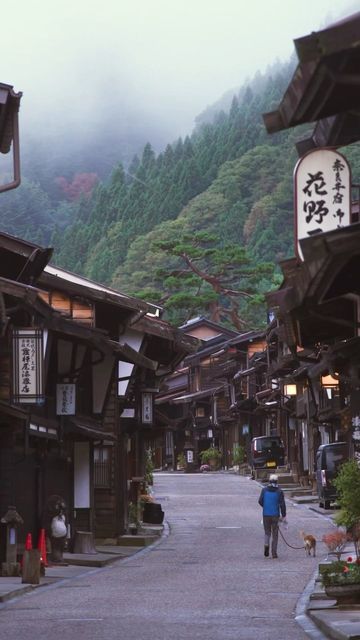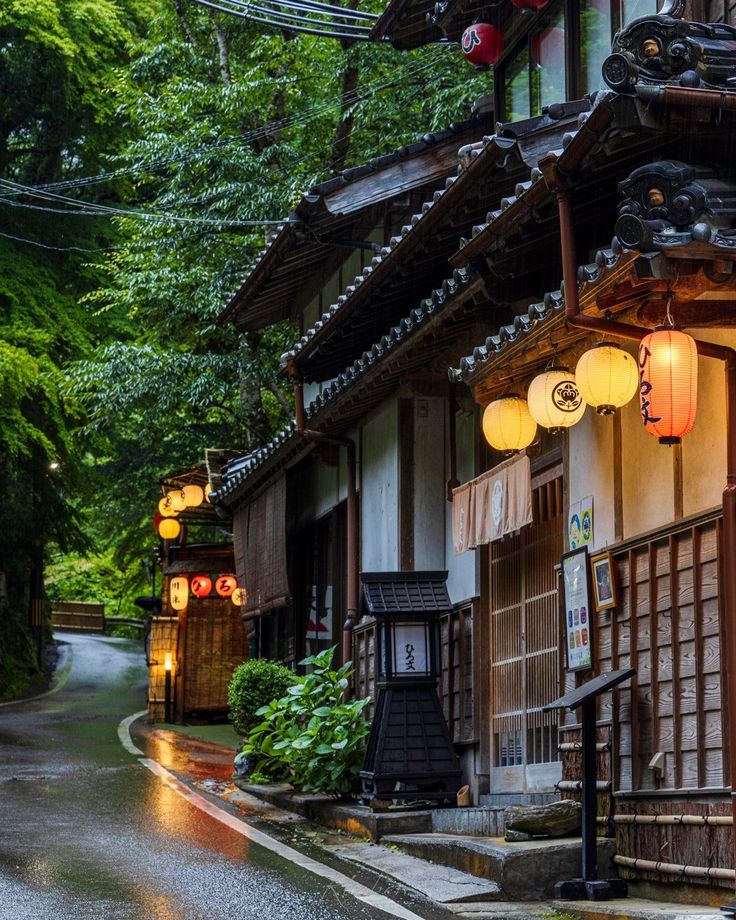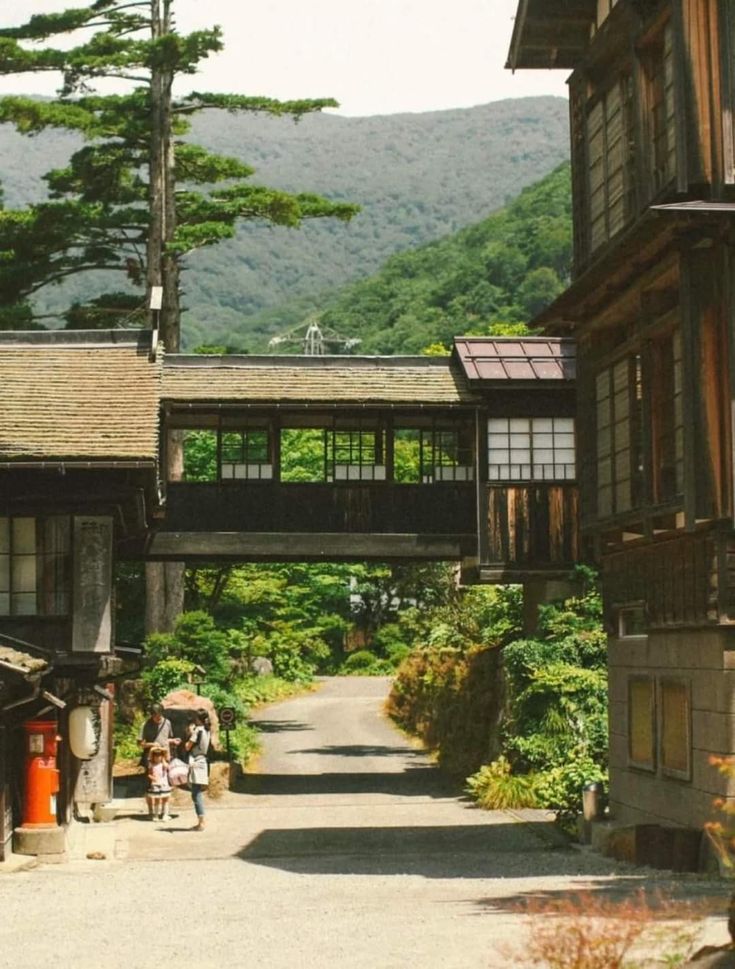The train from Kyoto, sleek and silent, had deposited Kenji at Hiyoshi Station. From there, a local bus, far more rumbling and characterful, had begun its ascent into the mountains of Miyama. Kenji, a painter whose city canvases had grown increasingly sterile and devoid of soul, watched as the urban sprawl gave way to tiered rice paddies, then dense cedar forests. He carried with him a weary heart and a desperate hope that Kayabuki no Sato, the “Village of Thatched Roofs,” would offer more than just picturesque scenery. He sought a connection, a pulse of life he felt had flatlined in his own work.
As the bus rounded a final, tree-shrouded bend, the valley opened up, and there it was. Kayabuki no Sato lay nestled like a sleeping dragon, its scales the burnished gold and weathered grey of over thirty traditional thatched-roof farmhouses. It wasn’t a theme park reconstruction; it was, as the brochures declared with quiet pride, a “living museum of rural Japan,” a place where these ancient structures were still homes, still workplaces, still echoing with the daily rhythms of life.

Kenji stepped off the bus, the air immediately cooler, cleaner, fragrant with woodsmoke and damp earth. The main cluster of houses, known as Kita, was arrayed along a gently curving road. There were no visible power lines to mar the sky, no jarring modern intrusions. Water, crystal clear, gurgled in open channels alongside the road, once the lifeblood for cooking, washing, and fire prevention. The houses themselves, the kayabuki-yane, were magnificent. Their roofs, thick as a man’s torso and steeply pitched, swept down almost to the ground in elegant curves, designed to shed heavy winter snows and withstand typhoon winds. The thatch, primarily susuki (pampas grass), was a tapestry of textures and subtle hues, some newer sections a rich golden brown, others weathered to a distinguished silver-grey, often carpeted in a delicate layer of moss.
His lodgings were in a minshuku run by an elderly woman named Mrs. Sato, whose gassho-style farmhouse was one of the oldest in the village. Her smile was as warm and comforting as the scent of the irori, the sunken hearth that glowed softly in the main room, its smoke rising to cure the massive, blackened beams overhead – a natural preservative against insects and decay.
“Welcome, Kenji-san,” she said, her voice gentle, her movements unhurried. “Make yourself at home. Our village lives by the old ways.”
The “old ways” permeated everything. Kenji’s room looked out onto a meticulously tended vegetable garden, beyond which rice paddies climbed the lower slopes of the hills. He saw villagers, mostly older, tending their crops, their movements economical and practiced. Children, though fewer than in generations past, played along the stream, their laughter echoing faintly. It was a scene of profound, almost anachronistic, peace.

Over the next few days, Kenji began to explore, his sketchbook rarely leaving his hand. He wasn’t just observing; he was absorbing. He learned that the thatched roofs were not static monuments. They breathed. They aged. And, crucially, they required constant care and periodic re-thatching, a monumental task undertaken not by individuals, but by the community. This spirit of yui, or communal labor, was the invisible mortar that held Kayabuki no Sato together.
One morning, he watched from a respectful distance as a team of men, a mix of seasoned veterans and younger apprentices, worked on re-thatching a section of a neighbor’s roof. The old, decaying thatch was stripped away, revealing the intricate bamboo framework beneath. Then, bundles of new, sweet-smelling susuki, harvested from communal grasslands in the mountains, were expertly laid, tied down, and trimmed with long, sharp shears. There was a rhythm to their work, a synchronized dance of skill and effort, punctuated by calls and quiet instructions. It was a practical art form, passed down through generations.
“That roof,” Mrs. Sato explained later, as she served him a simple, delicious meal of grilled river fish, local mountain vegetables, and freshly cooked rice, “it is not just shelter. It is our connection to the land, to our ancestors, and to each other. Each strand of kaya is a promise of community.”
Kenji began to paint. At first, his hand felt clumsy, his eye too accustomed to the harsh lines and artificial light of the city. But gradually, the spirit of Kayabuki no Sato began to seep into his work. He found himself captivated by the interplay of light and shadow on the textured thatch, the way the smoke from the irori would curl from the small openings at the roof’s peak, the subtle variations in color as the sun moved across the valley. He painted the weathered wood of the farmhouses, the vibrant green of the rice paddies, the clear, rushing water in the channels.
He learned that many of the houses, while primarily homes, also housed small cottage industries. One family specialized in indigo dyeing, their courtyard adorned with drying fabrics of the deepest blue. Another crafted beautiful, sturdy baskets from mountain vines. A small, water-powered mill still ground buckwheat for soba noodles. This wasn’t a performance for tourists; it was the quiet hum of a community sustaining itself through traditional skills.

The “living museum” aspect was most apparent in the way the past and present coexisted. While villagers used modern conveniences, the overarching framework of their lives seemed anchored in older rhythms. Festivals were celebrated according to the agricultural calendar. Food was largely seasonal and locally sourced. There was a deep respect for nature, born not of abstract ideology, but of daily dependence.
One afternoon, Mrs. Sato took Kenji to the village’s small folk museum, housed in one of the larger gassho-zukuri. It displayed traditional farming tools, household implements, and clothing. But what struck Kenji most were the photographs of the village from decades, even a century, past. The faces changed, the clothing evolved slightly, but the houses, the landscape, the fundamental way of life – it was all remarkably, reassuringly consistent.
“We are caretakers,” Mrs. Sato said softly, looking at a faded photograph of a communal re-thatching effort from her grandfather’s time. “We don’t own this village. We borrow it from our children, just as our ancestors borrowed it from us.”
Kenji found himself spending hours on the engawa, the traditional wooden veranda of Mrs. Sato’s house, simply watching the life of the village unfold. He observed the meticulous care with which a farmer tended his bonsai, the patience of a woman mending a fishing net, the way neighbors would stop to chat, their conversations unhurried, their laughter genuine. He learned that the round, red post boxes, a charmingly anachronistic feature, were not just decorative but still in active use, a tangible link to the outside world that didn’t compromise the village’s historic feel.
He began to understand that the beauty of Kayabuki no Sato wasn’t just visual; it was in its resilience, its commitment to a way of life that valued connection over convenience, sustainability over speed. The thatched roofs, so emblematic of the village, were more than just picturesque; they were symbols of this philosophy. They required immense effort, specialized knowledge, and communal cooperation – qualities that were increasingly rare in Kenji’s world.
His art began to change. The tight, controlled lines of his earlier work loosened. His colors became richer, more nuanced. He wasn’t just painting what he saw; he was trying to capture what he felt – the quiet dignity, the deep-rooted peace, the sense of belonging that permeated the valley. He painted portraits of the villagers, not posed, but engaged in their daily tasks, their faces etched with the wisdom of lives lived in harmony with nature.
One evening, a light rain began to fall. Kenji sat by the irori with Mrs. Sato, the only sounds the crackling of the fire and the gentle drumming of rain on the thick thatch overhead. It was a profoundly comforting sound, a sound that had lulled generations to sleep in that very house.
“The roof sings when it rains,” Mrs. Sato murmured, her eyes closed. “It tells us we are safe, we are sheltered.”
In that moment, Kenji felt a profound sense of gratitude. Kayabuki no Sato had offered him more than just inspiration for his art; it had offered him a glimpse of a different way of being. It had reminded him of the importance of community, the value of tradition, and the deep satisfaction that comes from living a life connected to the earth and to each other.
The challenge of maintaining such a village in the 21st century was not lost on him. He heard talk of the younger generation being drawn to the cities, of the difficulty in finding enough skilled thatchers, of the constant vigilance required to protect the wooden structures from fire. Yet, there was an undeniable spirit of determination. The villagers were proud of their heritage, and they were committed to preserving it, not as a static relic, but as a vibrant, evolving way of life.
When it was time for Kenji to leave, he felt a pang of sorrow he hadn’t anticipated. He had come seeking to reignite his artistic spark, and he had found it. But he had also found something more – a sense of peace, a renewed appreciation for the simple, profound beauty of a life lived in close communion with nature and community.
He presented Mrs. Sato with a small painting he’d done of her farmhouse, the morning mist clinging to its golden thatch, smoke curling from its peak. Her eyes, already kind, softened further. “You have captured its heart, Kenji-san,” she said. “Our village thanks you.”
As the bus pulled away, Kenji looked back at Kayabuki no Sato. The thatched-roof farmhouses, still very much in use, stood as they had for centuries, a testament to the enduring spirit of rural Japan. It was indeed a living museum, but one where the exhibits breathed, worked, loved, and dreamed, their lives interwoven with the ancient rhythms of the land. And Kenji knew, with a certainty that settled deep in his soul, that the whispers of those thatched roofs, the scent of woodsmoke, and the warmth of the irori would stay with him, enriching his art and his life, long after he had returned to the city. He carried not just sketches and canvases, but a renewed sense of what it meant to be truly alive, a lesson learned in the quiet, enduring heart of Miyama.

